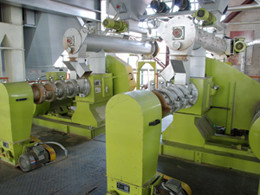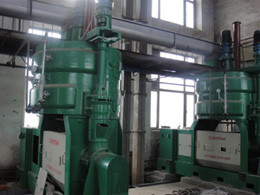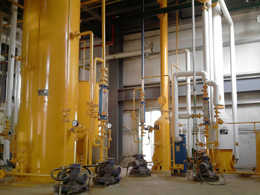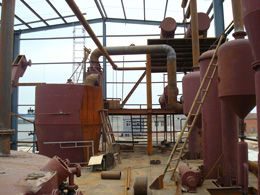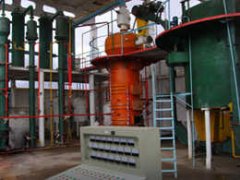Winterization
Winterization of oil is a process of removing of the higher melting point parts from oil like waxes or triglycerides. It is also a process of removing components with high melting point (e.g waxes) from some vegetable oils, e.g. sunflower, rice bran and cotton seed oil or partially hydrogenated soya bean oil. Winterizing mainly consists in cooling these oils gradually and filtering them at low temperature in special filters or by centrifugal separators. Our plants are designed for batch or semi continuous process.
Distinction must be made between this process and the process used to remove waxes from vegetable oils. This Proces is called oil dewaxing.
Winterization Process

The waxes in oil are primarily caused by esters of fatty acids and alcohols;the mechanisms for their removal from oils is totally different from the one used in the winterization process.
In the process of winterization, the oils is cooled from room temperature to a predetermined temperature of crystalization. The cooled oil is kept at this temperature for a certain period of time to the separation of solid phrase from theliquid oil by filtration of the oil-solid fat slurry. Commercially, several variations of this process are used and in others, the winterization is carried out in solution ofoil in an appropriate aolvent.
The process of winterization involves a pratical crystalization followed by separation of the solids from the liquid portion; the liquid faction id used to make high-quality salad oils whereas the solid fraction is used in shortening or margarine formulations. Technically, the winterization process two component fractions. The solid fraction consists mainly of higher melting triglycerides whereas the liquid fraction is dominant in low- melting compoents.
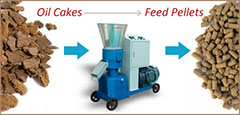
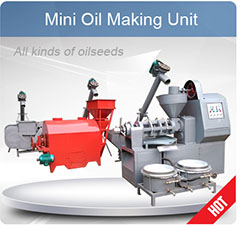
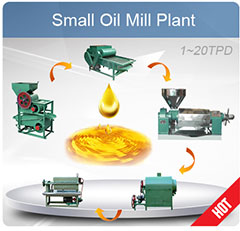
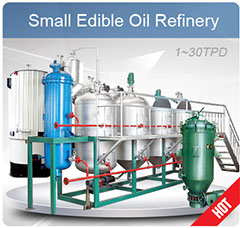
Want to set up a mini mustard oil mill of your own ? With the rapid ...
Mustards are part of the oilseed family and are regarded both as a s...
Interested in begin a small size corn oil extraction plant but dont ...
Do you want to make the edible rice bran oil at from using your mill...

